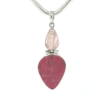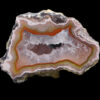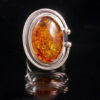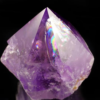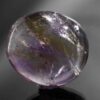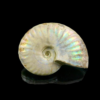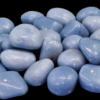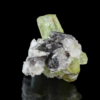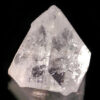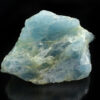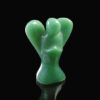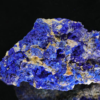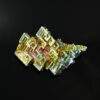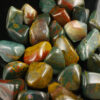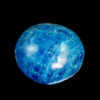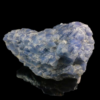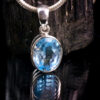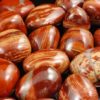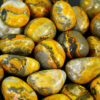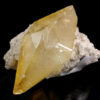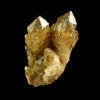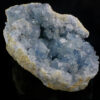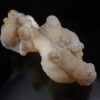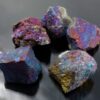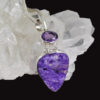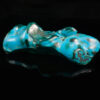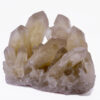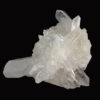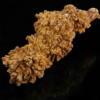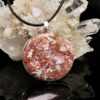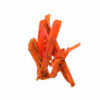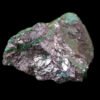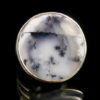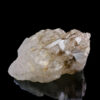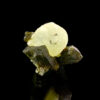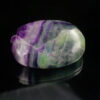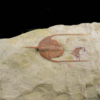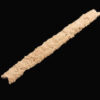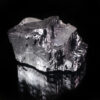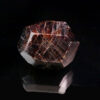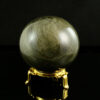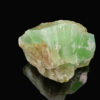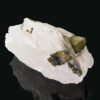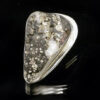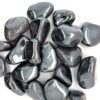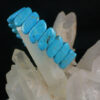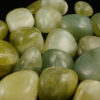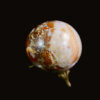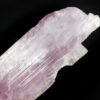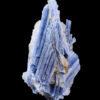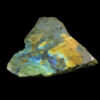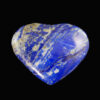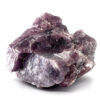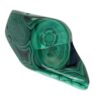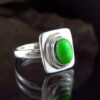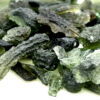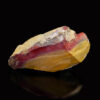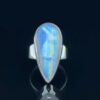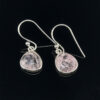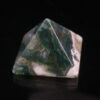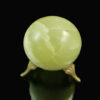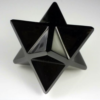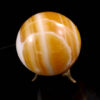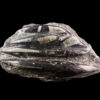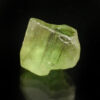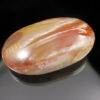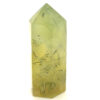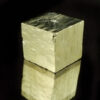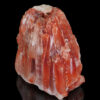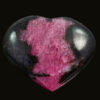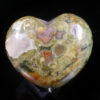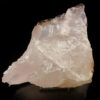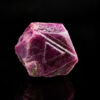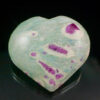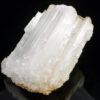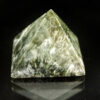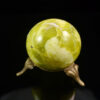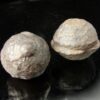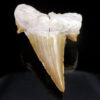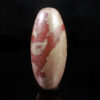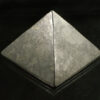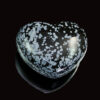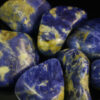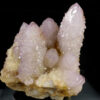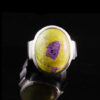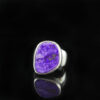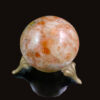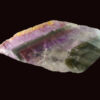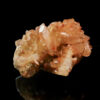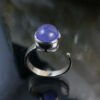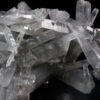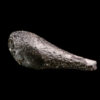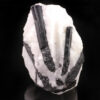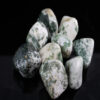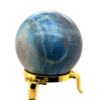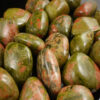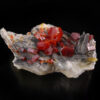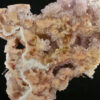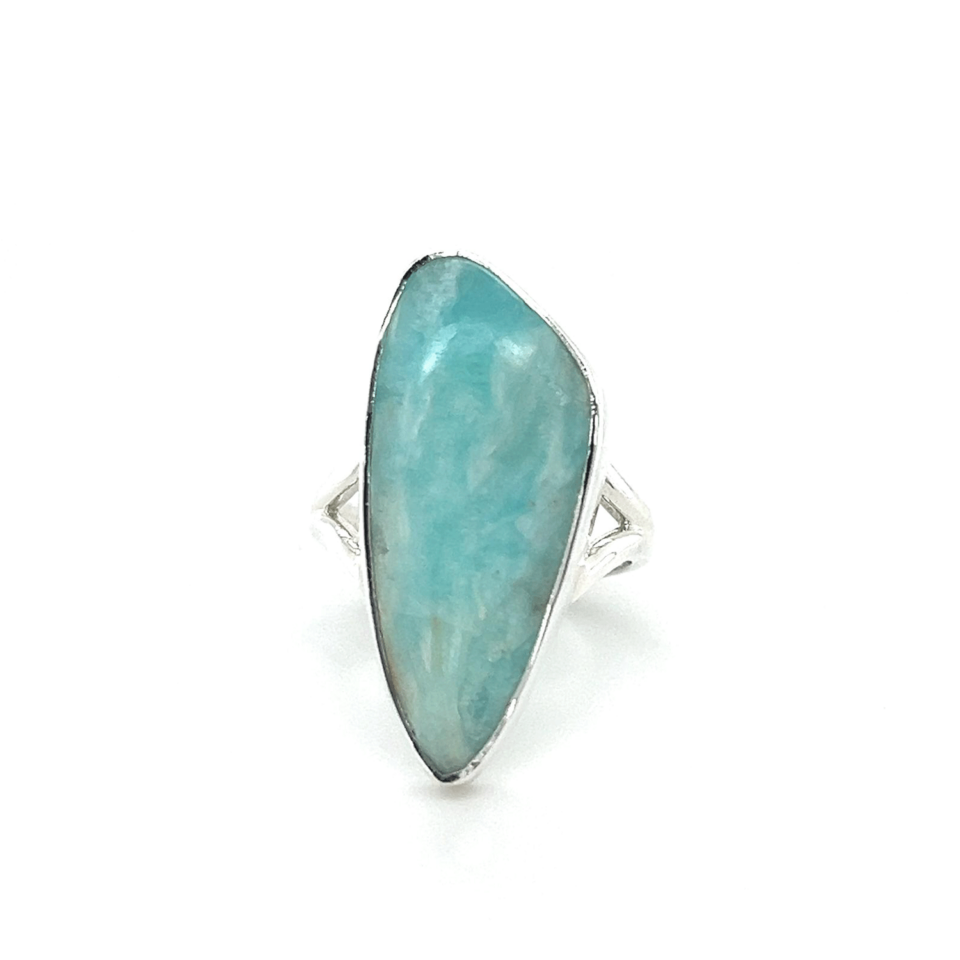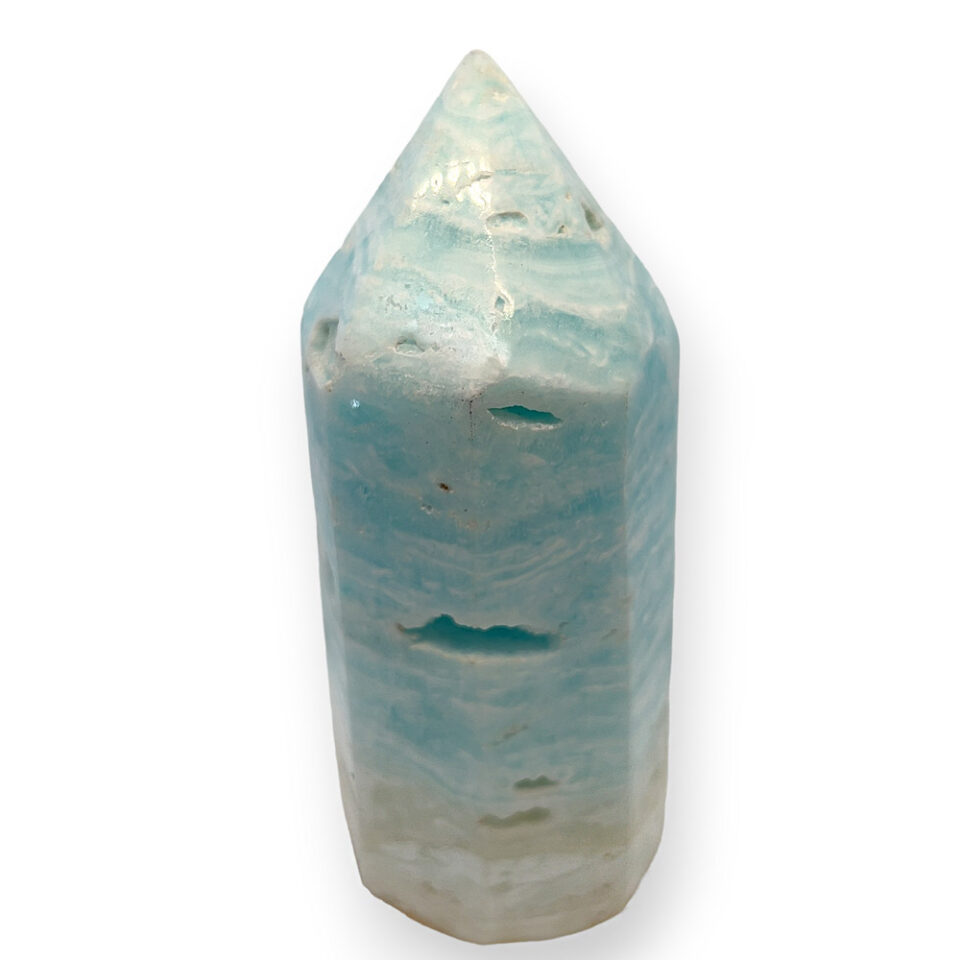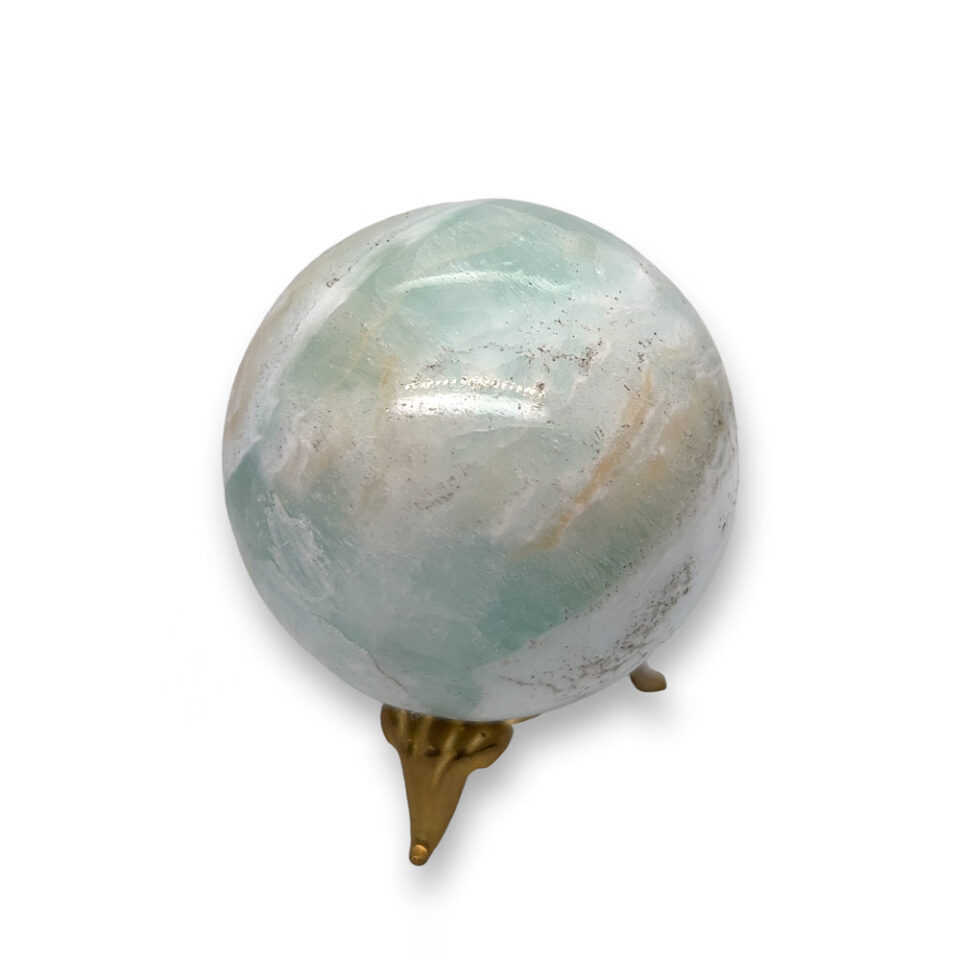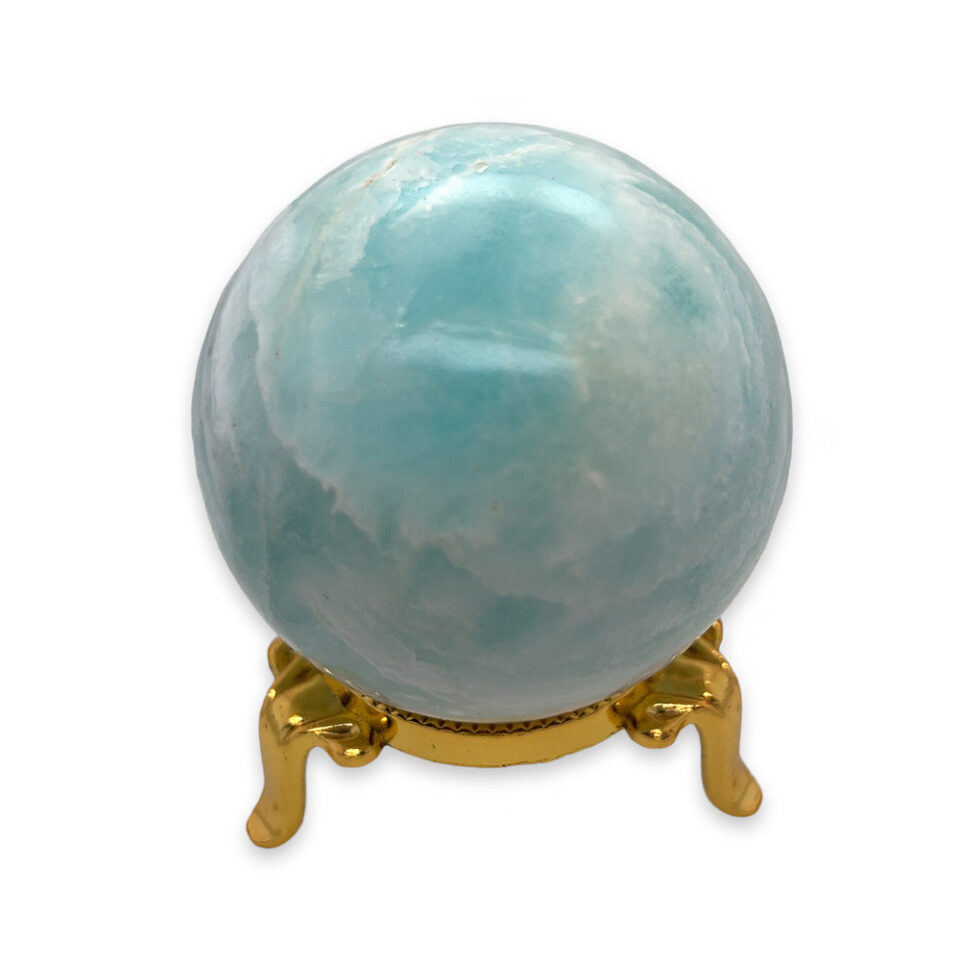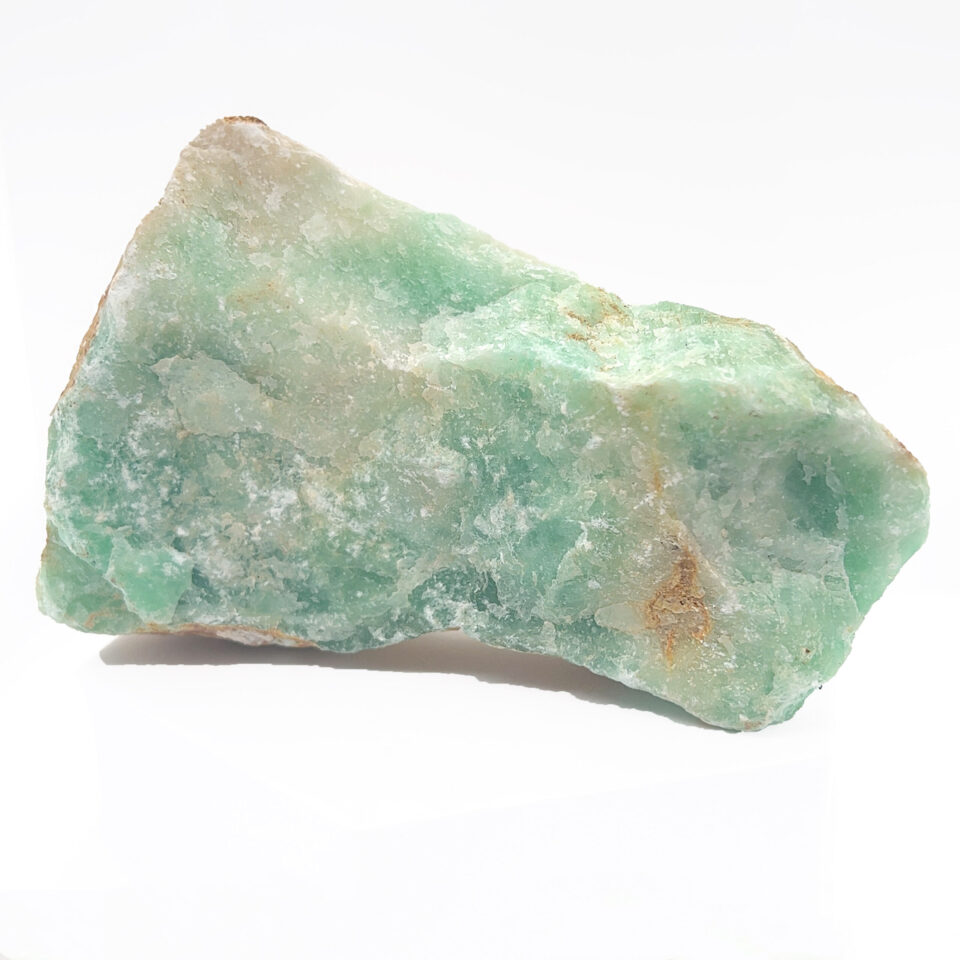Caribbean Calcite Meanings
Relaxation, deeper sleep, emotional balance, release of stress and resentment, lucid dreaming
Chakra: Third Eye, Crown
Elements: Fire, Water
Zodiac Signs: Cancer, Virgo, Capricorn
Number: 3
Caribbean Calcite Crystal Healing Properties
Caribbean Calcite is thought to bring about a sense of calm and emotional balance. It is believed to help us let go of worry and fear and allows us to settle into a more peaceful state. As a result, it is thought to help assist in deeper sleep. As a crown chakra and third eye stone, it aids us in lucid dreaming by helping us awaken the connection to our higher selves.
Its calming energy may help to soothe anxiety and stress. As such, it may also release negative emotions, promoting a sense of inner peace.
It’s also thought to improve communication skills and help with self-expression by encouraging honesty and clarity in communication, making it easier to express your inner thoughts and feelings.
Caribbean Calcite may also be a good support tool for spiritual growth and development. It is believed to enhance intuition and psychic abilities, promoting spiritual awareness and understanding.
For those looking to tap into their creative side, it may help stimulate creativity and encourage new ideas. It is said to help overcome creative blocks and promote inspiration.
History and Uses
Calcite gets its name from the Greek word chalix meaning lime. It comes in a wide variety of colours including, red, green, orange, yellow, blue, pink, clear, black and white. It is one of the most common minerals on Earth, making up the basis of limestone and marble. It takes many different forms and is formed in many different geological environments. Some forms fluoresce blue or red under UV light. It has been used to make cement and mortar and very clear translucent calcite has been used to make gun sights and geological (polarising) microscopes.
Geological Description
Calcite is a calcium carbonate mineral with a hardness of 3. It comes in a wide variety of forms and colours and is found on every continent of the world. Calcite makes up the major part of marble and limestone. Caribbean Calcite is a rare form of Calcite and was only recently found in 2019. The only place it is found is Pakistan. This crystal is a combination of Blue Calcite with Brown and White Aragonite.
Affirmation
I embody emotional balance and align with my higher self.
FAQ’s
How is Caribbean Calcite Formed?
Caribbean Calcite is formed through a combination of biological and geological processes. It is a type of calcium carbonate mineral that is primarily composed of aragonite, which is a form of calcium carbonate that is less stable than calcite. Caribbean Calcite is formed in shallow marine environments, where the warm, clear waters are rich in calcium and carbonate ions.
The calcite crystals are formed by the accumulation of calcareous skeletons and shells of marine organisms such as coral, shells, and other marine creatures. Over time, these remains accumulate and undergo compaction and cementation, resulting in the formation of limestone deposits.
In the case of Caribbean Calcite, the limestone deposits are then subjected to a secondary process of hydrothermal alteration, which involves the circulation of hot fluids through the rock. These fluids contain dissolved minerals and trace elements that react with the limestone, leading to the formation of the characteristic blue-green and white banded patterns seen in Caribbean Calcite.
The unique coloration of Caribbean Calcite is believed to be due to the presence of copper and other trace elements in the hydrothermal fluids that cause the mineral to oxidize and change color.
Is Caribbean Calcite the same as Blue Aragonite?
In short, no. They are often confused due to their similar appearance, but they are different minerals.
However, they both consist of calcium carbonate and Calcite can actually become Aragonite under particular circumstances called “pseudomorphing.” This occurs when one mineral replaces another, while retaining the original mineral’s shape and texture. In the case of aragonite turning into calcite, the process involves a gradual rearrangement of the crystal structure, resulting in the transformation of aragonite’s orthorhombic crystal structure into calcite’s trigonal crystal structure. This process can take thousands or even millions of years.


